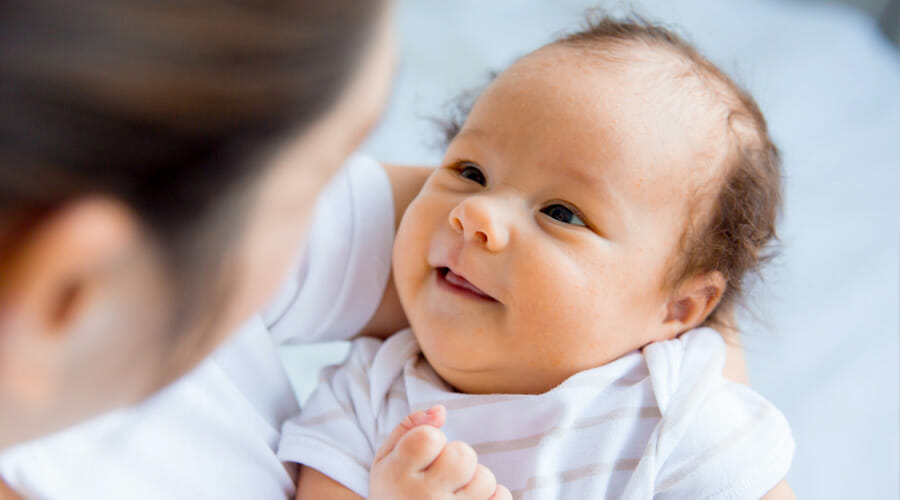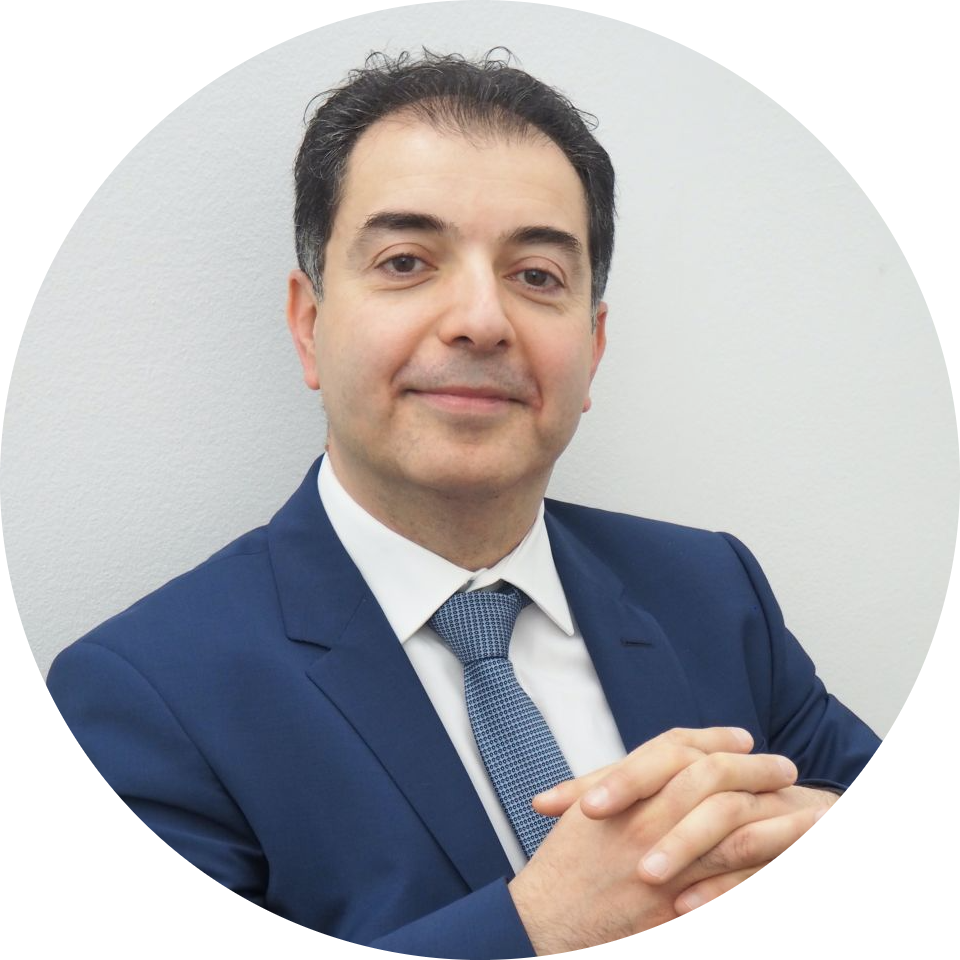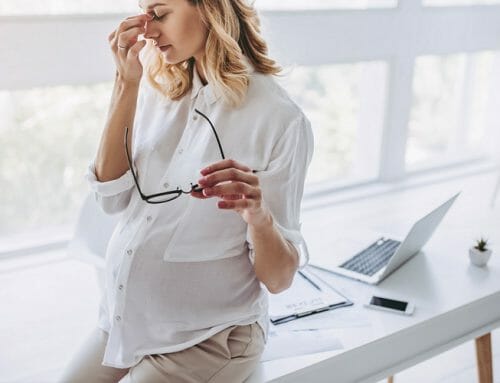
Babies’ Eyes: Birth To 12 Months
Much like learning to walk and talk, babies learn to see over time. While babies are still in the womb, they can tell the difference between light and dark but once they are born and develop, their sight changes and develops too.
Birth to 4 months
Newborn babies can only see about 8 to 12 inches in front of their faces and can not yet tell the difference between objects. Initially babies can only see black, white and grey and the first colour they see is red. By about 3 months old, they will see the full spectrum of colours. Their vision does develop quickly in their first few months; their eyes start to move together, and hand-eye coordination progresses by them following moving objects, trying to grab for objects and being able to recognise things. At around 2 months old, babies will start to easily focus on the face of a parent or others nearby.
5-8 months
Eye coordination and movement continues to develop during these months. At birth depth perception is not present, this is the skill to judge if things are closer or further away than other things, but by about 5 months old the eyes have developed enough to work together to a create three-dimensional sight of the world and start to have depth perception. At about 6 months old, babies can already have vision as good as 20/20 (a normal level of vision). By the end of 8 months a lot of babies start to crawl which helps to continue the development eye-body coordination.
9-12 months
During this period of time babies can judge distances quite well and hand-eye coordination has really developed as they can throw things will good accuracy. At this age babies start to pull themselves up into a standing position and by 12 months most babies will be crawling and attempting to walk. Studies have showed that babies who are early walkers and did less crawling, may not have as good hand-eye coordination and their eyes may not work as well together. For this reason, parents should encourage their babies to crawl rather than getting them to walk early to continue development of hand-eye coordination. Also at this age, babies can start to grip objects with their thumb and forefinger.
Please remember that all babies learn and develop at different rates, some slower and some quicker, and the above is just a general guide of timelines. If you have any concerns about your baby’s eyes speak to your paediatric ophthalmologist for advice.

About the expert
Mr Hamada | Consultant Ophthalmologist and Corneal Surgeon
MD, MSc, DO (hons), FRCSEd, FRCOphth I am Samer, founder and consultant ophthalmic surgeon with over 20 years’ experience in ophthalmology. I am a world-renowned specialist in cornea, cataract and refractive surgery. I’m not only a leading surgeon but also the only dual fellowship trained in corneal diseases in children from reputable institutions in the UK. At Eye Clinic London I work closely with other consultant ophthalmologists, optometrists and orthoptists to achieve the best outcomes for our patients. Our main aim is to make sure our patients get the safest and best treatments available to them. We put your safety before anything else so you can rest assured that if you choose us you will be in the best and safest hands.



